APSC 100 Final
Module 1
A) The Engineering Design Process
Engineering Design
Engineering Design is process used to solve real-world, open-ended problems.
Differs from Novice Designers that tend to use trial and error, and to jump right into trying to solve a problem before carefully thinking about it.
The Design Process
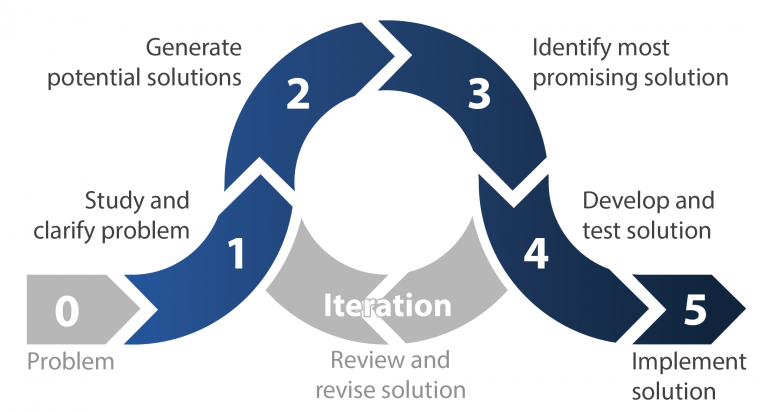 Stage 1: Study and Clarify Problem
Stage 1: Study and Clarify Problem
defining the problem to be solved, as well as learning about the problem context
identify the needs of stakeholders and converting these needs into precise specification the design will address
Stage 2: Generating Potential Solutions
concept generation; identify as many different solutions as possible
Stage 3: Identify Most Promising Solution
apply design specifications from the first stage to screen out possible solutions that do not meet requirements, and then to rank and score remaining ideas to identify the one solution
the design will invest their time and resources to develop.
Stage 4: Develop and Test Solution
analyze, refine, and develop the solution selected in the previous stage using engineering tools(prototypes, simulations, calculations), science and math, and consultations with stakeholders.
Stage 5: Implement Solution
involves the final constructions, communications, and delivery of the solution to the design problem.
Iteration
new ideas, perspectives, and information may come up which encourages or requires engineers to revisit and revise previous work
Why We Use The Design Process
Increases:
the chance of finding a solution in the time available
the quality of the final solution
the chance of completing the project on time
the chance of completing the project on budget
Cost: refers to money, effort, or other resources
Actual Costs: the cumulative total of money, effort, and resources we have spent up to a particular time as we complete the project
Costs committed: the sum of money, effort, and resources we have already spent plus those we will need to spend in the future based on our decisions to date
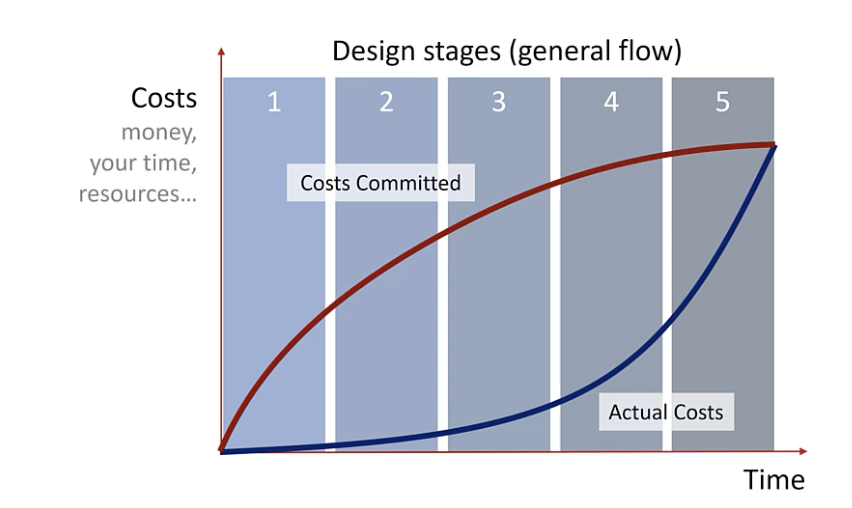 Costs committed > actual costs
Costs committed > actual costs
B) Stage 1: Clarifying the Design Problem
Goal
The goal of the Stage 1 is to have a precise definition of what makes a solution acceptable and what makes one viable solution better or worse than another.
Stakeholders
Stakeholders: the people, groups, or organizations that are influenced by a project or can influence a project.
Salience: how prominent and important stakeholders are;
Power: refers to a stakeholder’s ability to influence a project; ex. a regulatory body or a group funding a project
Legitimacy: describes a stakeholder’s moral or legal right to have a say in the project; stakeholder groups impacted by a project generally have legitimacy; residents living next to a new waste treatment facility or users of a new product
Urgency: describes how critical or time sensitive a stakeholder perceives their needs in a project to be.
Tertiary Stakeholder: fulfills only one aspect of saliency
Secondary Stakeholder: fulfills two aspects of saliency
Primary Stakeholder: fulfills all three aspects of saliency

Stakeholder Needs
Needs: capture the wants and wishes of the stakeholders and the things that will increase (and decrease) stakeholder satisfaction; tend to be vague and subjective, making them difficult to apply directly in design decision-making.
Expressed needs: needs the stakeholders are aware of and freely share
Latent needs: needs that would please stakeholders but that they might not be aware of.
Threshold needs: needs stakeholders expect but might not think to mention
Target Design Specification
Target design specifications: the combination of requirements and evaluation criteria that give unambiguous, objective criteria to apply in design decision-making.
The requirements establish the limits of acceptability for potential designs, whereas the evaluation criteria are used to distinguish otherwise acceptable design as satisfactory, good, and great.
Requirements: the collection of minimal thresholds our design must achieve and the qualities or features it must have (or not have) in order to be considered acceptable to stakeholders.
specific and quantifiable go/no go criteria
requirements come from stakeholder needs
Evaluation Criteria: the attributes of importance to stakeholders that determine satisfaction beyond a design that minimally meets all requirements.
evaluation criterion curve represents stakeholder satisfaction for a given attribute with 0% representing a minimally acceptable solution and 100% representing full satisfaction; can be linear or nonlinear, continuous or discrete
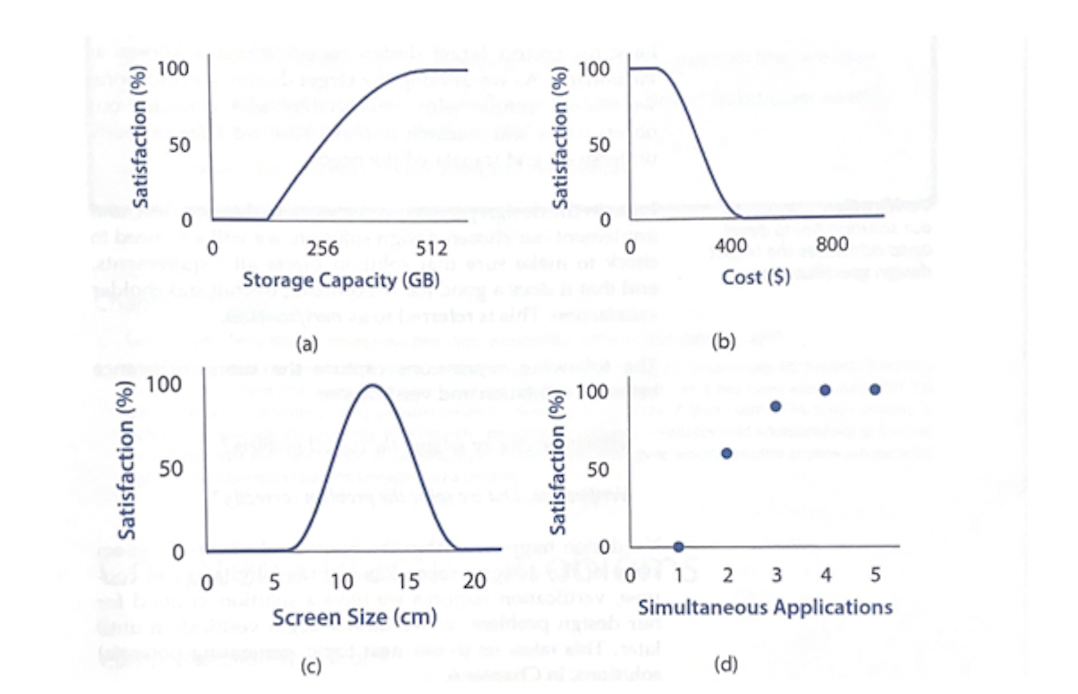 b) attributes like cost may have higher satisfaction for lower values of x
b) attributes like cost may have higher satisfaction for lower values of x
d) some attributes are discrete; ex, the number of application a device can run
Validation and Verification
Validation:
confirming the target design specifications we have set accurately match stakeholder needs
are we solving the correct problem?
happens in Study and clarify problem (and potentially later)
Verification:
checking if our solution being developed addresses the target design specifications
did we solve the problem correctly?
begins after we have a solution in mind, so stages following Identifying the most promising solution
C) Stage 2: Generating Potential Solutions
Goal
The goal of Stage 2 is to maximize the number and variety of potential solutions to our design problem.
Solution Space: the collection of all of the conceptual solutions we have identified.
Principles of Concept Generation
Focus on Quantity, Not Quality
Avoid Fixation (also called anchoring): a focus on one idea rather than thinking broadly, it should be avoided.
Welcome Unconventional Ideas
unconventional ideas can offer an innovative solution, or the inspiration for a different great idea, and should be encouraged
create a large variety of ideas, not just a large number
Do Not Evaluate Ideas
can be discouraging; inhibit open and free-flowing generation of ideas
Concept Generation Techniques
Brainstorming: a high energy approach to concept generation where ideas are quickly shared.
Pros: fun, quick,
Cons: most vocal members contribute most
C-Sketch: a structured form of brainstorming where each team member contributes in turn to each idea through sketching.
Pros:
relies on sketches which improves the quality of ideas,
sketches make it easier for others to interpret and build on ideas,
maximize concept variety by starting with one unique idea per teammate;
multiple starting points and equal time given to each idea combats fixation;
structured pace, without talking ensures each team member has equal voice and input
D) Stage 3: Identify the Most Promising Solution
Goal
The goal of Stage 3 is to identify the once conceptual solution that we will use as the basis for our final design. Quickly and efficiently moving from a large number of concepts to the one concept that has the most potential to succeed in the project.
Principles of Concept Generation
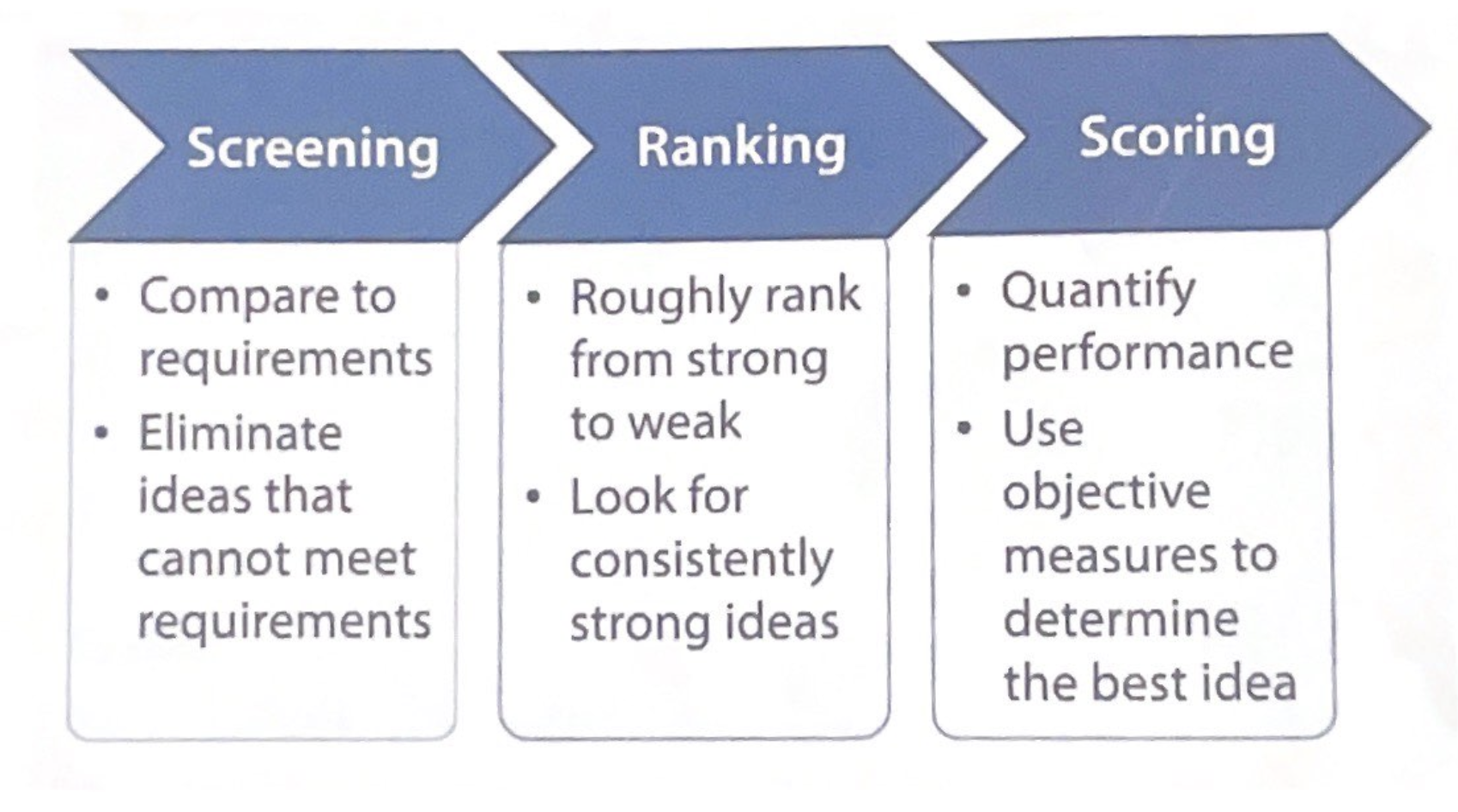
Screening
The process of removing any concepts that cannot be made to meet all requirements.
concepts that are screened out should be set aside, not discarded. In the event that a requirement changes, you may need to go back and repeat the screening process.
Ranking
The process of qualitatively comparing ideas in order to narrow down to a small number worth investigating further.
before removing an idea in ranking, a team should try to make it work better, or try to extract positive elements.
Methods:
Individual voting: each team member casts a set number of votes for the concept they believe best address the evaluation criteria.
Pairwise comparison: comparing each concept against every other concept, one at a time, trying to find the ones that are favoured most often. Favoured - 1, Tie - ½ Loss - 0
Criterion-based ranking: each concept is qualitatively evaluated using the evaluation criteria. A concept expected to perform better than average gains a point, below if less than average, 0 if average.
Scoring
A detailed and resource-intensive process to quantitatively evaluate a small number of ideas.
Methods:
Weighted Decision Matrix: a common tool used in scoring based on rating multiple options against each evaluation criterion with a weight applied.
Sensitivity Analysis: a process where weights and scores are adjusted in a WDM to assess the consistency of the results
E) Prototypes and Rapid Prototyping
Prototyping
Prototype: a physical or virtual model that represents all or part of a design
Prototype Classification
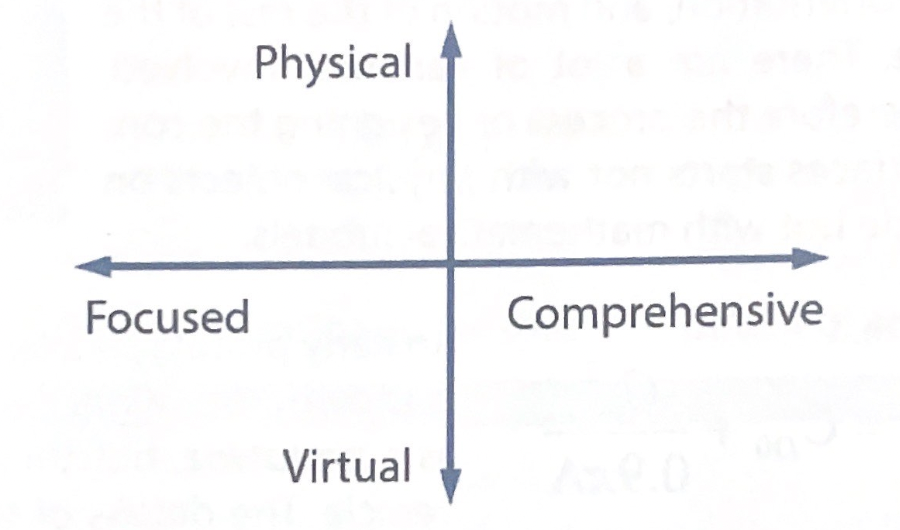 Focused Prototype: a prototype that represents only a limited number of elements of the final design
Focused Prototype: a prototype that represents only a limited number of elements of the final design
Comprehensive Prototype: a prototype that represents all elements of a final design
Physical Prototype: a prototype that physically exists in the same way as the final design
Virtual Prototype: a prototype that is not a full physical manifestation of the final design
Rapid Prototyping
Rapid Prototyping relies on computers to produce physical models utilizing CAD.
Waterjet
combines high-pressure water with a fine abrasive material to cut through almost any material including metal, glass, ceramics, concrete, plastics, wood, and other composite material.
Limitations
typically only cuts flat, 2D shapes
nearly impossible to control the depth of cutting
material will get wet
Laser Cutter
laser can cut materials with sub-millimetre accuracy through materials of different thicknesses.
Limitations
restricted to cutting flat shapes in 2D
produce gases and particulates
requires lots of power to cut thicker, tougher material
3D-Printers
deposits small layers of melted plastic
can make full 3D objects
create objects as shown in CAD
Fused Deposition Modelling
plastic is melted and deposited on a shape in strips, built layer by later
Selective Laser Sintering (SLS)
uses lasers to fuse powdered material together into a solid form
tends to form better results than fused deposition modelling
Limitations
slow
materials are limited
can’t be too thin or have unsupported features
F) Technical Communication
Communication (Audience, Purpose, Context)
Audience: considerations of what the person or group your communication is directed to already known, needs to know, and wants to know
Purpose: your objectives and goals behind your communication; two purposes:
Inform: describe review, instruct, explain, demonstrate
Persuade: convince, influence, recommend, change, justify
Context: considerations for your communication including the format used, location, time, and other special factors.
Presentations
the title on a slide should be descriptive and reflect slide content
different font style or text colour can be used to highlight or differentiate information on a slide, but don’t let it be too distracting!
opt for high contrast between the text and background
beware of distracting elements (design, themes, other visual elements that do not add information)
Assertion-Evidence: states the key point and then supports that with data, visuals, and other evidence.
body language, eye contact, dress and behaviour are important in delivering an oral presentation.
Module 2
A) Scales + Systems
Considerations of Scale
Scale: the extent we are using to view a system, from small to large.
Spatial Scale: a scale based on the physical extent of a system.
Temporal Scale: a scale based on time, from now to the distant future
Organizational Scale: a scale based on organizational structures (such as with government), from local/municipal to international
Systems
Deterministic: a problem or system free of randomness; the output for a given input will always be the same
Simple System: a system with a small number of elements and predictable behaviour (deterministic)
Complex System: a system with multiple interacting elements, randomness, and feedback (non-deterministic)
C) Sustainability + CLD
Sustainability
Sustainability: the capacity of human civilization and the earth’s natural systems to co-exist indefinitely.
Three Dimensions of Sustainability
Environment
clean air and water
biodiversity
conservation
emission reductions
Society
health
safety
human rights
education
opportunity
Economy
employment
prosperity
trade
business
innovation
Bearable: a solution that meets both societal and environmental goals
Viable: a solution that addresses both environmental and economic goals
Equitable: a solution that addresses both societal and economic goals
Sustainable: a solution that addresses environmental , societal, and economic goals.
Context: the relevant factors in a problem that influence our stakeholder consultation and the suitability of a potential solution
Four Principles of Sustainability
Avoid removing materials from the earth at a rate faster than they are naturally replenished
Avoid making things and releasing substances at a rate faster than they naturally break down
Avoid degrading ecosystems at a rate faster than they can naturally regrow
As a society, move towards happiness, well-being, and meeting the needs of all people
Causal Loop Diagrams
Causal Loop Diagram (CLD): a diagram of system consisting of variables (nodes) and feedback loops.
Reinforcing Loop: a feed-back loop in which an initial change in a variable is amplified through one cycle of the loop
Balancing Loop: a feedback loop in which one cycle of the loop counteracts (opposes) an initial change to one variable in the loop
D) The Engineering Profession
Profession and Regulation
Profession: a group of individuals widely recognized by the public, who:
possess specialized knowledge or skills
have received special education or training
adhere to ethical standards
apply their knowledge and skills in the interest of others
Engineering is a profession because it requires specialized skills and knowledge acquired though special training, there is a set of ethical standards, and work is done in the interests of others.
Code of Ethics:
describes principles and values rather than specific actions
do not necessarily cease to apply when members leave work
Becoming an Engineer
iron pin at UBC! mirrors the professional and ethical reminders of the iron ring
→ Engineering Student
Graduate from an engineering program accredited by Engineers Canada
receive an iron ring
iron ring: serves as a reminder to engineers of their obligation to uphold the high standards of engineering, to act ethically, and to protect the public
→ Engineering Graduate
Gain work experience, typically 3-4 years, under the supervision of a Professional Engineer.
→Engineering in Training (EIT)
Pass a professional practice exam on engineering law, ethics, and the profession
→ Professional Engineer
receive a seal which allows you to stamp documents and drawings to assure the work being done meets the standards of a competent engineer. signifies responsibility for that work
F) Technical Communication 1
Communication (Audience, Purpose, Context)
Audience: considerations of what the person or group your communication is directed to already known, needs to know, and wants to know
Purpose: your objectives and goals behind your communication; two purposes:
Inform: describe review, instruct, explain, demonstrate
Persuade: convince, influence, recommend, change, justify
Context: considerations for your communication including the format used, location, time, and other special factors.
Presentations
the title on a slide should be descriptive and reflect slide content
different font style or text colour can be used to highlight or differentiate information on a slide, but don’t let it be too distracting!
opt for high contrast between the text and background
beware of distracting elements (design, themes, other visual elements that do not add information)
Assertion-Evidence: states the key point and then supports that with data, visuals, and other evidence.
body language, eye contact, dress and behaviour are important in delivering an oral presentation.
Module 3
A) Stress and Strength
Stress (σ)
Force distributed uniformly across a cross-sectional area
N/m² (pascals)
A cable will break when the experience stress of a material is greater than the material’s strength (ultimate tensile strength): stress > strength
Deformation
Elastic Deformation: change in shape due to applied force is temporary.
Plastic Deformation (yield): change in shape due to applied force is permanent.
Permanent change in shape
To avoid permanent deformation stress < yield strength < ultimate tensile strength
B) Ethics and Ethical Dilemmas
Ethics, Morals, Values
Ethics: organized and agreed-upon principles of conduct for a group; the study of standards of right and wrong
Morals: widely held societal values regarding right and wrong
Values: Subjective beliefs and standards individuals use to judge right from wrong and good from bad.
Ethical Theories
Duty Ethics: relatively inflexible ethical theory that says we should all behave the same way in all circumstances; we should always do what is good and right according to societal values, morals and codes of ethics; the ends do not justify the means.
Utilitarianism: maximizes benefits for the greatest number of people, minimizing harms, and fairly distributing both.
Rights Ethics: decisions should be based on protecting the rights of others; rights such as freedom of expression and belief, and the right to life, etc.
Dilemmas and Conflicts of Interest
Dilemma: a difficult decision where no alternative is clearly preferable - each has some consequence
Conflict of Interest: a situation where you could personally benefit from work you do for your client or employer
Gradual Escalation: a process for resolving dilemmas in which small, low risk actions are attempted first and then followed by larger actions as needed
C) Technical Communication 2
The 7 C’s
Clear: easy to follow and understand, using appropriate language choices and structure
Correct: is factually accurate, and is free from formatting, spelling, grammatical, and other errors
Concise: is brief and to the point, but without loss of meaning
Concrete: is detailed, specific, and vividm with the intended message evident
Complete: contains the information the audience needs, including what is expected of them
Courteous: is polite, friendly, and sincere; shows general respect for the audience
Considerate: is empathetic and mindful; takes the specific audience and their reaction into account
Feedback
Appreciation: acknowledge a job well done
Coaching: help someone improve
Evaluation: rate someone’s performance against standards
Concrete Feedback:
give specifics
avoid judgemental language
focus on observable facts
Complete Feedback
consider presenting suggestions
consider how the feedback may start a conversation to help resolve the issue
Considerate Feedback
provide suggestions of changes that are achievable
phrase in terms relevant to the receiver
Technical Memos and Elevator Pitches
Technical Memo: a form of concise written communication used within an organization
Elevator Pitch: a very short (and often impromptu) presentation used to generate interest and a follow-up meeting on a topic
describe the problem or issue you are considering
describe how your solution or idea addresses the problem or issue
explain why it is important from the audience’s perspective
Engineering Specialties
Biomedical Engineering BME
lies at the intersection of engineering, biology, medicine, life sciences, computer sciences(computation), and mathematics.
Chemical / Biomedical Engineering CHBE
integrates mainly chemistry with biology, physics, and math
design and implement processes to change raw materials into vital everyday products
Civil Engineering
oversee the deign, construction, and maintenance of both human and naturally built environments
involved in earthquake, structural, transportation, and municipal infrastructure
Computer Engineering
design, test, and implement software and the hardware of devices and the integration of computers into larger systems
focuses on designing and integrating complete systems consisting of hardware and software elements
Electrical Engineering
apply physics and mathematics to design devices and systems involving electricity
focuses on aspects from electronic properties of microscopic devices to the generation and distribution of power in electric power grids
Engineering Physics
combines the practical aspects of engineering with a deeper theoretical foundation in physics and mathematics
blends the analytical rigor of a science degree with the practical training of an engineering degree
Environmental Engineering
primarily focus on improving and maintaining the quality of air, land, water, and living systems.
Geological Engineering
draw from a foundation in geology, geomechanics, hydrology, and environmental science to solve engineering projects on large-scale infrastructure, natural resources, or in environmental protection and remediation.
requires an understanding of the natural environment, and in particular soil, rock, and groundwater
Manufacturing Engineering
applies foundations in material science, computer science, and mechanics for the design, operation, and optimization of production processes, from beginning to end.
Materials Engineering
specializes in the design, manufacture, and evaluation of both everyday materials, and new highly engineered materials by applying physical and chemical processes
Mechanical Engineering
diverse field of engineering which applies a foundation in physics to focus on the design and development of mechanical systems
covers areas ranging from product design, energy, aerospace, robotics, biomedical, automobiles, manufacturing, and building systems
Mining Engineering
involves extracting and processing valuable resources from the earth
Integrated Engineering
focuses on cross-disciplinary engineering, often with an emphasis on design, to solve multidisciplinary problems and intersections between traditional disciplines
University Learning
A) Mindset and Grit
Growth Mindset: intelligence, ability, and personality can be developed with effort
Neuroplasticity: the brain can grow and restructure itself
Fixed Mindset: we are born with certain traits and qualities which cannot be changed
B) Perspectives
Blooms Taxonomy
Remembering: remembering some information
Understanding: understanding the meaning of some information
Applying: apply facts, rules, and concepts to do something useful
Analyzing: breaking down information into component parts and to use those parts
Evaluating: developing, applying, and defending some criteria or information with no single right answer
Creating: combining parts to make something new
Perry’s Scheme
Black and Right → Everything is Grey → Solutions depend on context
Study Strategies related to bloom and perry
Identify Learning Level
Chose activities that are challenging
Shift to higher levels to add challenge and depth
Concept map to construct meaning and relationships
C) Neuroscience
Neuroscience and Learning
Myelin:
coats neurons acting as insulators for neural signals; makes recalling info learned more reliable and quicker;
is built due by repeated activity of a neuron and sleep
Deliberate Practice
Challenge: attempt something just outside your current ability
Focus: work at a high intensity without distraction, for a short time
Feedback: learn from what you did right and what you did wrong
Refine: reflect on whats been learned and what still needs to be learned; repeat this process again and again
D) Memory
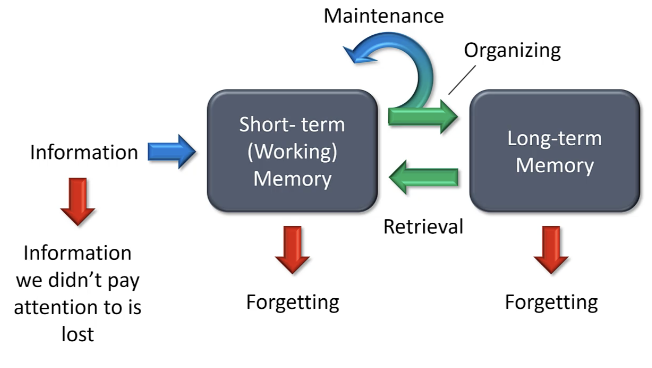
Information → some is stored in short term memory → to hold onto this information we must keep revisiting it; "maintenance” → to store this information longer it must be organized into long term memory → if we want to access this info, it must be retrieved into short term memory
I GIVE UP WITH THESE ITS SO BROIUNG
E) Stages of Team Development
 Forming:
Forming:
teams first comes together
Storming:
teams begin to experience conflict and competition
power struggles
Norming:
team is able to work together without constant conflict and disagreement
developed strong sense of belong and trust
Performing:
team has established itself as a cohesive unit
Adjourning
bye bye team